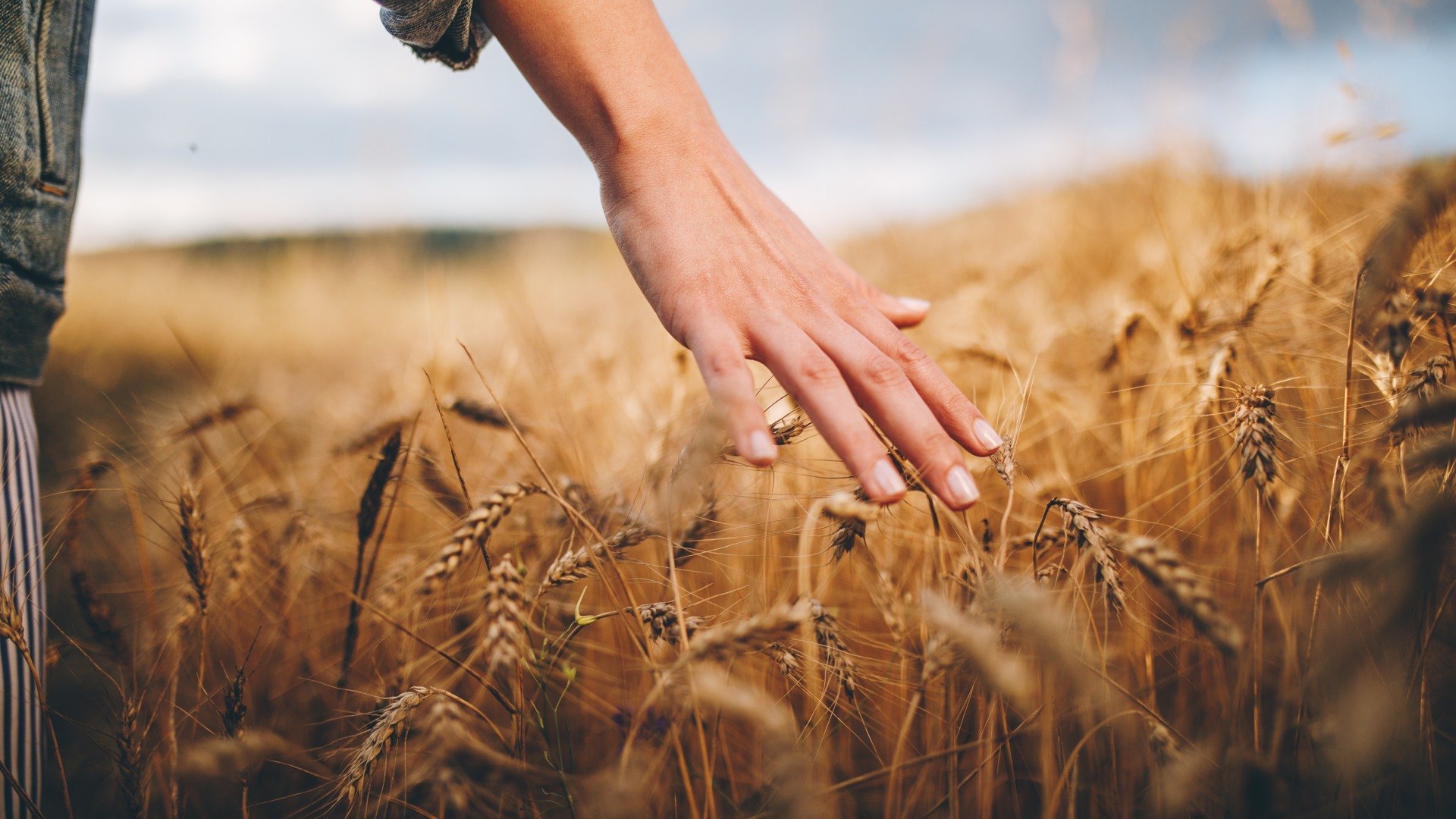
Nutrient Cycling in three different ways
Ragn-Sells, through their innovation company EasyMining, has three separate, patented methods for recovering and recycling the three macronutrients crucial to agricultural fertiliser: Ash2Phos for phosphorus, Aqua2N for nitrogen, and Ash2Salt for potassium.
09 Sep 2022Humanity’s current sourcing and handling of these basic elements is deeply problematic. It contributes heavily to climate change, pollutes the environment, poisons people, and smashes right through delicate planetary boundaries.
- The solution, simply put, to all the challenges outlined here, is to start recovering and recycling the nutrients that we have already produced, instead of throwing them away and continually producing new fertiliser from virgin resources. This is why we have developed circular solutions for all the three key nutrients: phosphorus, nitrogen and potassium, says Anna Lundbom, head of Marketing at EasyMining.
Stop waste the resources
In today’s linear economy, phosphorus, nitrogen, and potassium compounds for fertilisers are produced with traditional methods which are, in various ways, deeply problematic.
Phosphorus comes from phosphate rock, which is mined. In addition to the large climate impact of this method, most of the world’s known reserves are polluted with significant amounts of cadmium and uranium. Still, the majority of phosphorus-rich sewage sludge is landfilled and wasted. The Ash2Phos technology extracts more than 90 percent of the phosphorus from incinerated sludge, getting rid of any pollutants.
Nitrogen fertiliser is produced by fixating nitrogen from the atmosphere. Production, using a method developed in the early 20th century, is known to single-handedly cause more than two percent of global greenhouse gas emissions. But the nitrogen present in sewage is simply released back into the air by today’s wastewater treatment methods. The Aqua2N technology captures the nitrogen in the plants reject water by crystallising it and making it instantly applicable as fertiliser, creating a loop for parts of the nitrogen in wastewater treatment plants.
Potassium, like phosphorus, is mined, primarily in Canada, Russia, and Belarus. The Ash2Salt technology instead extracts potassium from fly ash, a by-product of energy production from the incineration of waste. Until now, fly ash has simply been landfilled and its resources wasted.
Well on its way
The three technologies are at various, advanced stages of commercialisation.
The first facility for recovering potassium from fly ash is under construction in Upplands-Bro near Stockholm, Sweden. Several waste-to-energy companies have already signed contracts for a large share of the plant’s capacity.
As for phosphorus, the process of setting up a plant for recovering phosphorus in Schkopau, Germany is ongoing. This endeavour is conducted as a joint venture between EasyMining and the German utility company Gelsenwasser. The ambition is to have a plant in operation in 2025, given successful verdict in the ongoing permit process. A process is also active of securing the environmental permit to realise our plans for a similar facility in Helsingborg, located on the south-west coast of Sweden close to Denmark.
Aqua2N is currently in pilot phase, having taken the step from lab trials to industrial pilot. In the spring of this year, the pilot facility was moved from Sweden to Copenhagen, Denmark, where it now runs on Denmark’s largest wastewater treatment plant in collaboration with Danish utility company BIOFOS.